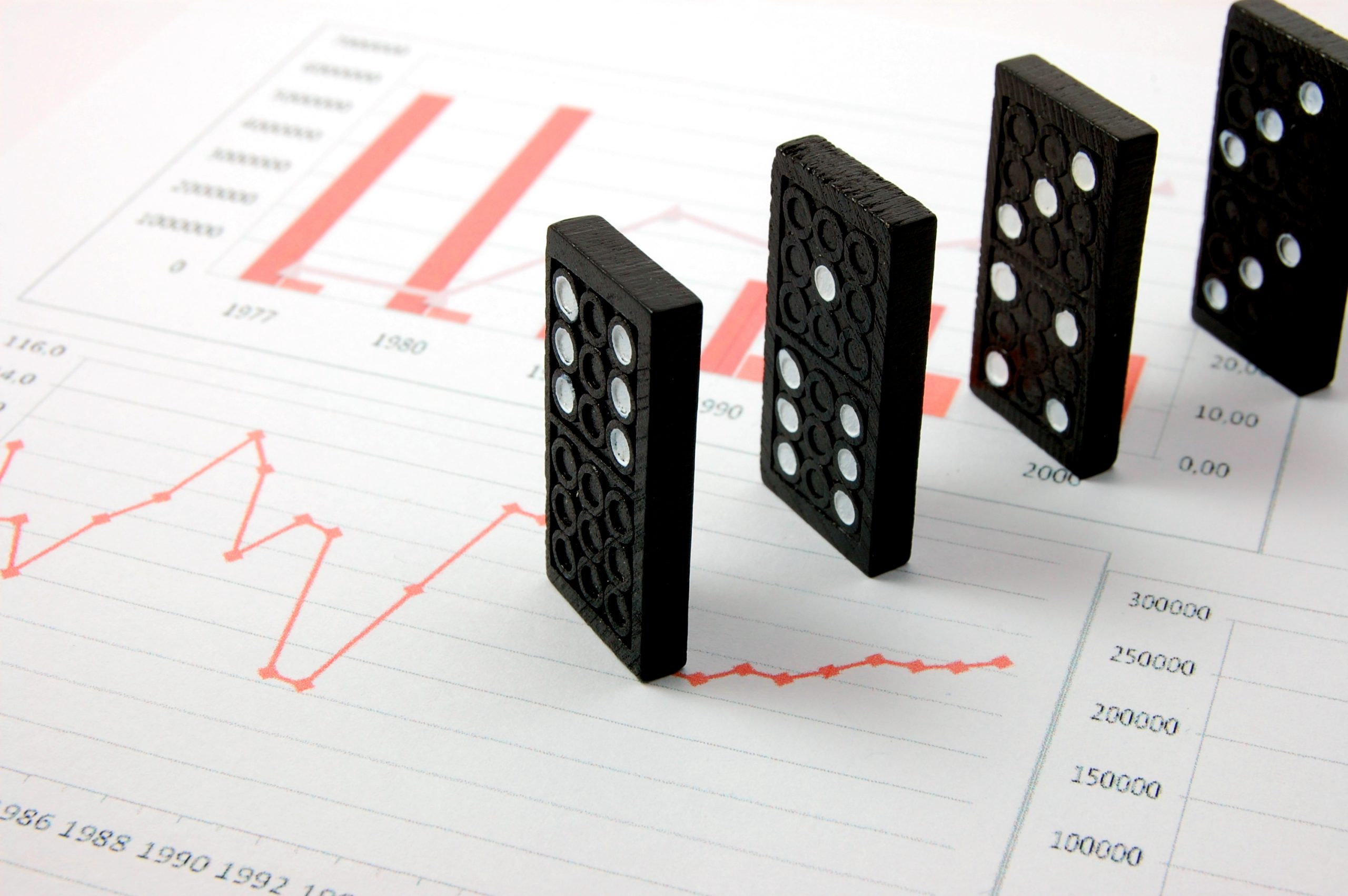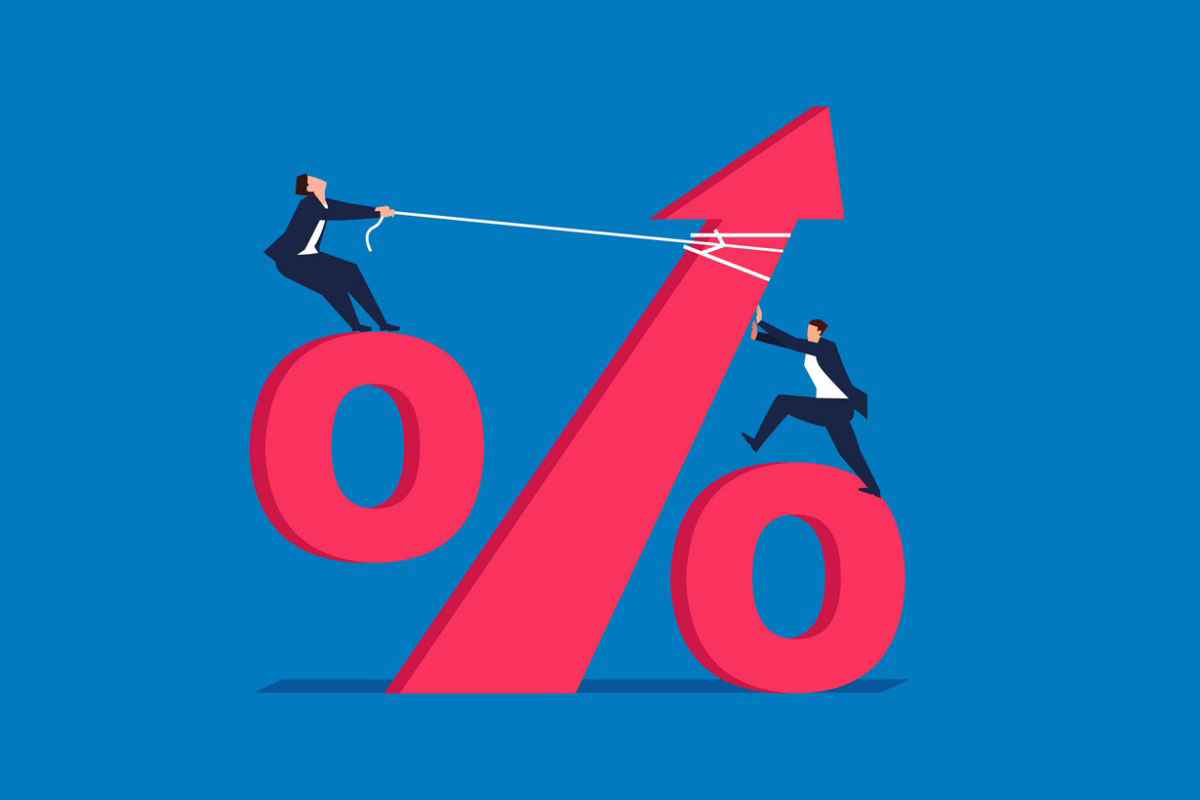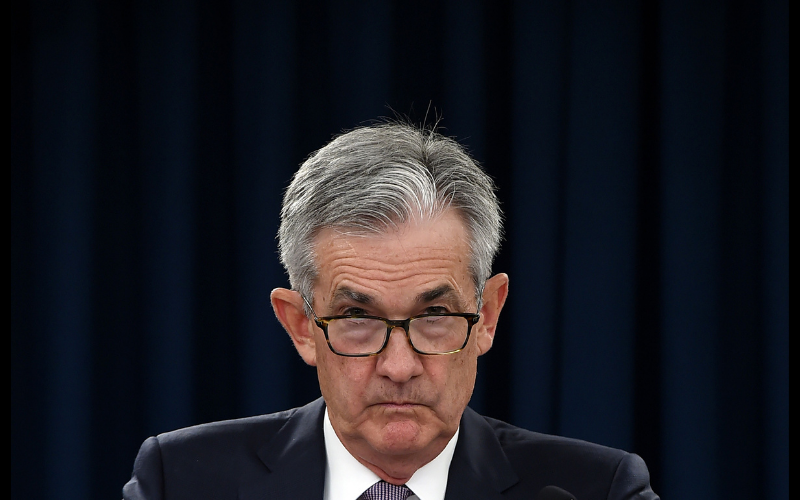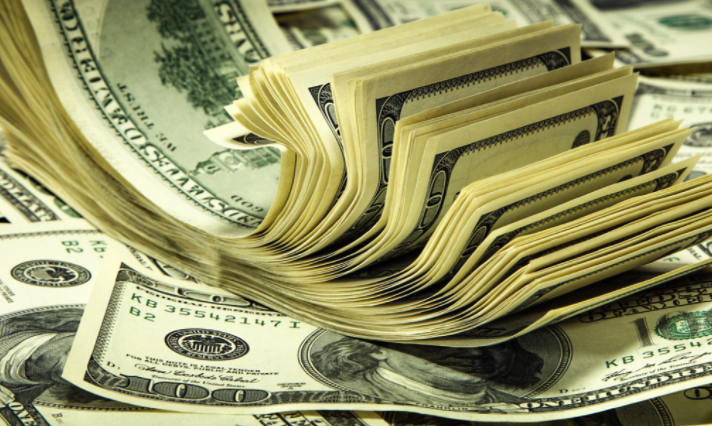Daily FX Market Roundup 11.02.2021
By Kathy Lien, Managing Editor
For the first time since the pandemic began, the Federal Reserve will reduce the stimulus they provided during COVID-19 crisis. Given the significance of this move and what it means for the central bank’s economic outlook, the U.S. dollar should be trading much higher. However, there’s been very little demand for the greenback over the past two weeks because the Fed has done an effective job of preparing the market for the imminent change. They’ve been talking about reducing or “tapering” asset purchases for the past few months giving investors plenty of time to position for the move. Bond yields soared and USD/JPY rose to its strongest level in 3 years just under two weeks ago but since then, we’ve seen more consolidation than continuation.
The decision to taper won’t be the most market moving one on Wednesday. Instead, investors want to know when taper will end and rate hikes begin. Fed Chairman Powell previously said taper could be finished “sometime around the middle of next year.” A precise end date for QE will be positive for the dollar, although it could also be calculated by the amount of bond purchases cut per month. For example, if they reduce bond purchases by $15 billion a month starting November, they could be done buying bonds by June. Any number larger than $15 billion (between Treasuries and mortgage backed securities) would be considered aggressive and anything smaller would be considered conservative. The larger the reduction, the more upside pressure for the dollar and downside pressure for stocks. With the housing market refusing to cool, the Fed is unlikely to go for a smaller move but based on the new highs in stocks, investors also don’t expect significant hawkishness.
The Fed will be reluctant to make any commitments about rate hikes. Powell will almost certainly downplay the need to change interest rates but investors will make their own assumptions based upon how much they cut asset purchases and what he says about inflation. CPI growth is at a 30 year high but core PCE, retail sales, non-farm payroll growth and ISM manufacturing declined from the previous month. Right now, there’s a significant misalignment between investor expectations and Fed guidance. None of the members of the FOMC expect rates to rise in 2022 but the market is pricing in over 50bp of tightening next year. If the Fed fans those expectations by suggesting that prices are less transitory (or that word disappears completely), the dollar will rise but if they don’t waver from their view that prices will fall, the disappointment will send EUR/USD and USD/JPY plunging. Before FOMC, ADP and ISM services, two important leading indicators for Friday’s non-farm payrolls report will be released, making it a very insightful day for the greenback.
Most of the major currencies pairs consolidated with the exception of the Australian and New Zealand dollars. AUD lost more than 1% of its value versus euro and U.S. dollar after Reserve Bank of Australia Governor Lowe said he thinks the market overreacted to recent inflation data and there is considerable uncertainty on wage growth. With that said, the RBA was not that dovish. They stopped targeting a cap on 3 year government bond yields and indicated that a 2023 instead of 2024 rate increase is now plausible. The New Zealand dollar fell in sympathy with the Australian dollar ahead of a potentially softer third quarter New Zealand employment report.





